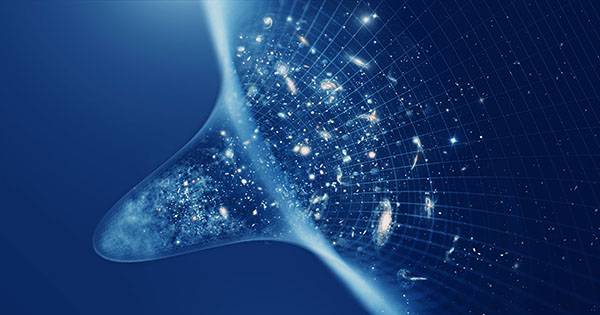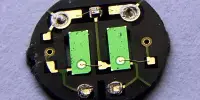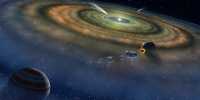Imagine sitting down and picking up your favorite book. You look at the image on the front cover, run your fingers across the sleeves of the smooth book, and smell the familiar book with the shaking of the pages. To you, the book is made up of a combination of different sensory appearances. But you can also expect that the book has its own independent existence behind this appearance. So when you leave the book on the coffee table in the kitchen or go to work from your home, you expect the book to still hold, feel, and smell just as it did when it was picked up.
The expectation of our own separate existence – separate from us and any other object – is in fact a deep-expanded assumption about the world. This hypothesis has its origins in the 17th-century scientific revolution and we call the mechanical worldview part of it. According to this view, the world is like a giant clockwork machine, parts of which are governed by the laws of motion. This view of the world is responsible for our scientific progress since the 17th century. But as the Italian physicist Carlo Rovelli argued in his new book Helgoland, quantum theory – the physical theory that describes the universe on the smallest scales – almost certainly disproves this worldview. Instead, Rovelli argues that we should adopt a “relational” worldview.
During the Scientific Revolution, Isaac Newton, the pioneer of English physics, and his German opponent Gottfried Leibniz disagreed on the nature of space and time. During the Scientific Revolution, Isaac Newton, the pioneer of English physics, and his German opponent Gottfried Leibniz disagreed on the nature of space and time.
Newton claimed that space and time acted as a “container” for the contents of the universe. That is, if we could remove all the things in the universe – all the planets, stars, and galaxies – we would be left with space and time. It is the “absolute” view of space and time. Leibniz, on the other hand, claims that space and time were nothing more than the total distance and duration between all objects and events on Earth. If we remove the contents of the universe, we will also remove space and time. It is a “related” view of space and time: these are simply spatial and temporary relationships between objects and events. Einstein’s theory of relativity about space and time was a major inspiration when general relativity developed.















